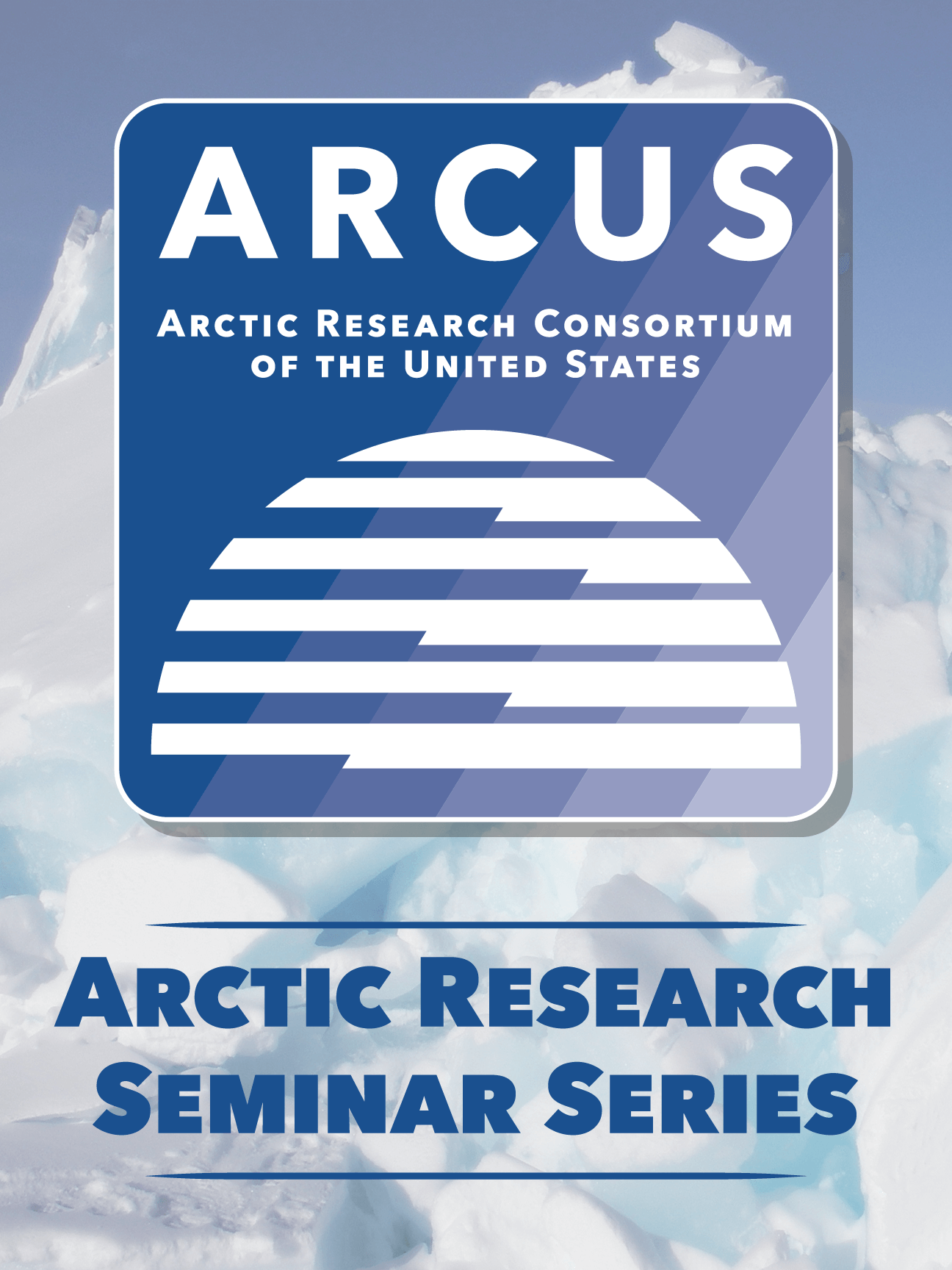Vladimir Romanovsky: Planning and Implementing the Thermal State of Permafrost Monitoring System in Alaska - 28 October 2021
Presentations
The configuration of any monitoring system depends on the major goals and purpose of monitoring and the reason for what the data of this monitoring will be used. The Thermal State of Permafrost (TSP) monitoring system was initiated by the United State Geological Survey (USGS) in the 1940s and 1950s as a set of ground temperature observations in a number of deep (200 to 1000 m) boreholes. The main reason for these measurements originally was the investigation of the geothermal conditions in Alaska. However, in the 1970s and in the beginning of the 1980s, the interpretation of the obtained data showed that a significant warming in the upper part (20 to 50 m) of many boreholes has occurred during the mid-20th century (Art Lachenbruch and Max Brewer with colleagues).
About this time, another TSP monitoring system was established in Alaska by the Geophysical Institute at the University of Alaska Fairbanks (UAF) under supervision of Prof. Emeritus T.E. Osterkamp. Since then, these two monitoring systems are the most active and most productive in terms of TSP data collecting and interpretation.
The goal of this monitoring was to use the records of permafrost temperature in relatively deep boreholes as an indicator of Climate Change. Later, with further development of the monitoring systems and with the addition of the number of monitored parameters (meteorological data, snow depth, shallow ground temperature and moisture content measurements, occasional description of vegetation, etc.), the main goal of monitoring started to shift to the use of permafrost and active layer characteristics as an indicator of changes in the entire Arctic System.
In more recent times, the goals of the STP monitoring system in Alaska are evolving into not only to monitor but also to predict the changes in permafrost characteristics and the ground temperature regime in the near and more distant future and how these changes will impact climate, arctic hydrology, ecosystems, and infrastructure.
Historically, moving from one task to the next required further and often substantial changes in the observing system: 1) more and more additional measured parameters have been added; 2) higher and higher temporal (continuous vs. one-time measurements) and spatial (number of observing stations and their geographical distribution) resolution of observations and modeling were required.
As a result, the TSP monitoring system in Alaska is getting more and more complex, more distributed and, as a result, more difficult to access, more and more expensive, and more and more efforts and resources are required to support this system.
During the presentation, some examples of the results of this monitoring system obtained at each stage of its development will be presented. Dr. Romanovsky will be talking only about the ground-based observation system. The use of remote sensing observations will be mentioned only briefly.

